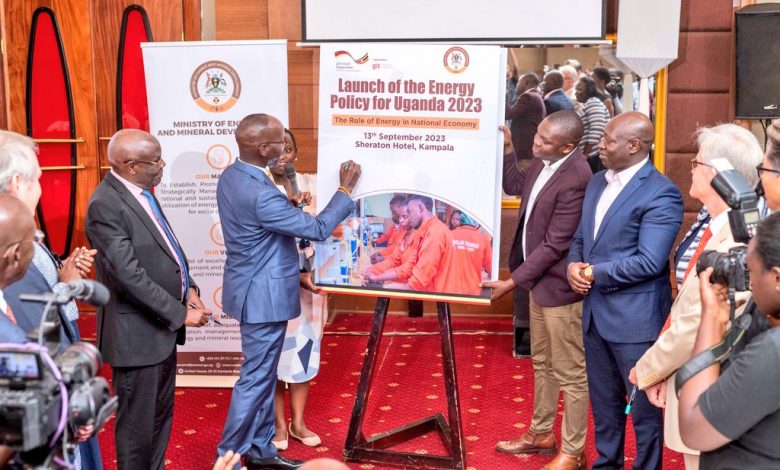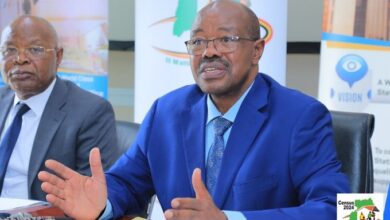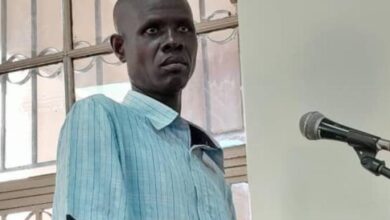Will the Energy Policy for Uganda 2023 achieve its goals?
The critical aspects that need to be given a lot of attention include high connectivity costs, high tariffs and low levels of transmission and distribution networks that are failing the consumers to get access to available power.

By Kato Paul
If Uganda wants to achieve the mission and the objective of the Energy policy for Uganda 2023, the government needs to look at the three critical aspects in the energy sector to ensure that the Uganda population has access to reliable and affordable power.
The critical aspects that need to be given a lot of attention include high connectivity costs, high tariffs and low levels of transmission and distribution networks that are failing the consumers to get access to available power.
To address the above energy challenges, Energy Policy for Uganda 2023 need to ensure that its objectives of strengthening electricity generation, transmission and distribution infrastructures, increasing electricity access and uptake of alternatives modern forms of energy and enhancing utilization of energy-efficient practices and technology among others are well implemented.
This is because most of common Ugandans in the rural and urban are still not having access power that is available due to the high tariffs, high connectivity costs and low level of transmission and distribution networks.
The ministry of Energy and Mineral Development (MEMD) need to address these energy sector problem to enable the public to start some small businesses that electricity usage, this will help to create jobs among the youth, reduce on the pressure imposed on the forests for fire wood among others. The country is already having access power of 1,378.1 MW but the problem is that a lot of power is not evacuated to consumers due to the failure by the government to construct the distribution lines.
This is observed by only 58% of the households in Uganda having access to a least one source of electricity in 2022 and the country’s connectivity rate of 28% which is still the lowest in Africa compared to Sub –Saharan average of 43%.
In addition to that the low level of connectivity and the high tariffs has also contributed to only 8% of the rural population to have insufficient access to modern energy sources and services like improved cook stove for clean cooking and other sources.
This was according to national environment management authority (NEMA) report for 2022 which indicated that Uganda suffers degradation loss of USD 2.3 billion of which 25% is wood fuel and 2.6 % of Uganda’s forests are cut down annually for fire wood and charcoal because of the limited access to electricity sources.
For Uganda to achieve Energy Policy for Uganda 2023 goal and an increase in electricity access from the current58% to 80% in 2025 and 100% in 2030 ,the country need to ensure that electricity tariffs are lowered to enable the common Ugandans to use the available electricity, the connection costs are lowered from Shs700,000 to affordable price to enable the households staying near the poles to get connected to power and ensure that transmission and distribution networks are also well planned to enable the evacuation of power from the station to the final consumers.
Therefore, I call upon the Ministry of Energy and Mineral Development (MEMD) to ensure that high electricity tariffs and high electricity connectivity cost are reduced and distribution lines are constructed immediately after finishing the dam to enable the common Ugandans to have accessibility on available power. This will also help the country to achieve the goal of the energy-policy for Uganda 2023.
Kato Paul is a Research Associate and Environmental Activist.






